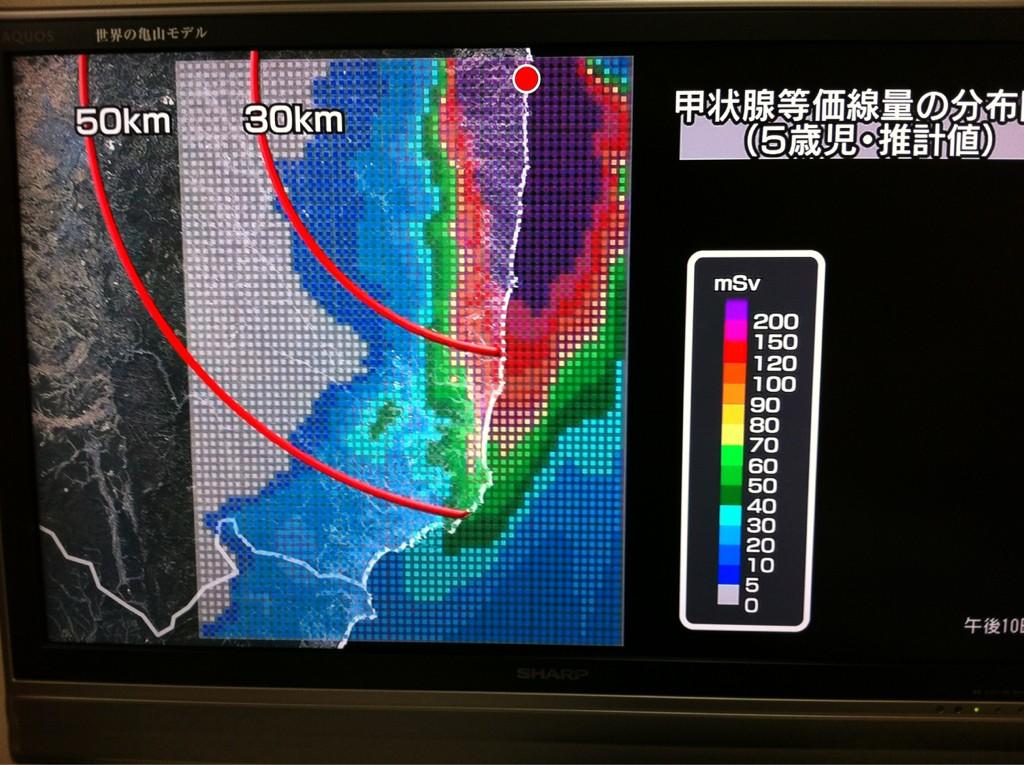Republican members of the US House Energy and Commerce Committee has sent an open letter dated January 15, 2013 and addressed to Chairwoman Allison MacFarlane of the Nuclear Regulatory Commission, demanding that NRC answer their concern that NRC's attempt to further regulate the nuclear industry after the Fukushima I Nuclear Power Plant accident may be stifling and unnecessary for the health of the industry.
They seem to be saying, correctly I suppose, the US is not Japan.
From their letter (PDF; emphasis is mine):
(Page 2)
"In particular, concerns were raised about the agency's departure from rigorous technical and cost-benefit analysis. Yet as the Commission readies itself to take additional actions concerning "Tier One" recommendations (post-Fukushima items of highest priority), it appears that the NRC may be discarding the disciplined processes that for years have ensured that reactor safety is rooted in performance-based regulation, appropriately recognizing each nuclear plant is different. It also appears that the Commission is considering some issues on an independent basis without considering how those issues impact other matters currently pending before the Commission and previous NRC actions that are already being implemented by the industry. This suggests the Commission views the cumulative impact[s] of its actions as merely a cursory scheduling challenge, and ignores the serious risk that piecemeal consideration of related issues may yield unintended consequences."
Right below this passage, the letter quotes NRC Commissioner William Magwood and the official report of the Fukushima accident investigation commission set up by the Japanese National Diet (out of context, in my opinion) that say the accident was "made uniquely in Japan".
And what exactly is their beef that isn't justifiable with the traditional "cost-benefit analysis"?
Filtered vents.
(Page 4)
"With respect to these [safety] enhancements, we have particular concern about the potential requirement to install "filtered vents" for certain boiling water reactors which we understand to be significant, capital-intensive structures. As instructed by the Commission, the NRC staff has proposed four potential options but urged the Commission to choose "Option 3." Under this option, the Commission would issue an order requiring the installation of fintered vents rather than pursuing a performance-based process."
It is apparently of no concern to these Representatives (or should I say representatives of the US nuclear industry) that it was the dry vents from the reactors at Fukushima I Nuclear Power Plant, not so much the explosions, that contaminated much of Tohoku and Kanto.
Instead, their concern is over cost, and adequacy of protection, as the letter quote yet another NRC Commissioner insisting on a "fully developed justification", and says:
We strongly agree and observe that the "fully developed justification" Commissioner Ostendorff referenced remains absent. To move forward on a poorly justified, precedent-setting proposal like Option 3 would be a disturbing erosion of the NRC's historically disciplined standard of adequate protection.
Their "performance-based process" seems to mean that as long as there is no accident there is no need for "costly" filtered vents. Their cost calculation doesn't seem to include the public and social cost in case of an accident, because an accident is not supposed to happen.
How's that thinking different from Japan's before the Fukushima accident?
Later in the letter, the argument is made that the closure of a nuclear power plant would result in power shortages and a huge loss of local employment.
It is the same old argument that has been made everywhere in Japan. So, what's different in the US?















 Tokyo Time
Tokyo Time
![[Most Recent Quotes from www.kitco.com]](http://www.kitconet.com/charts/metals/gold/t24_au_en_usoz_2.gif)

